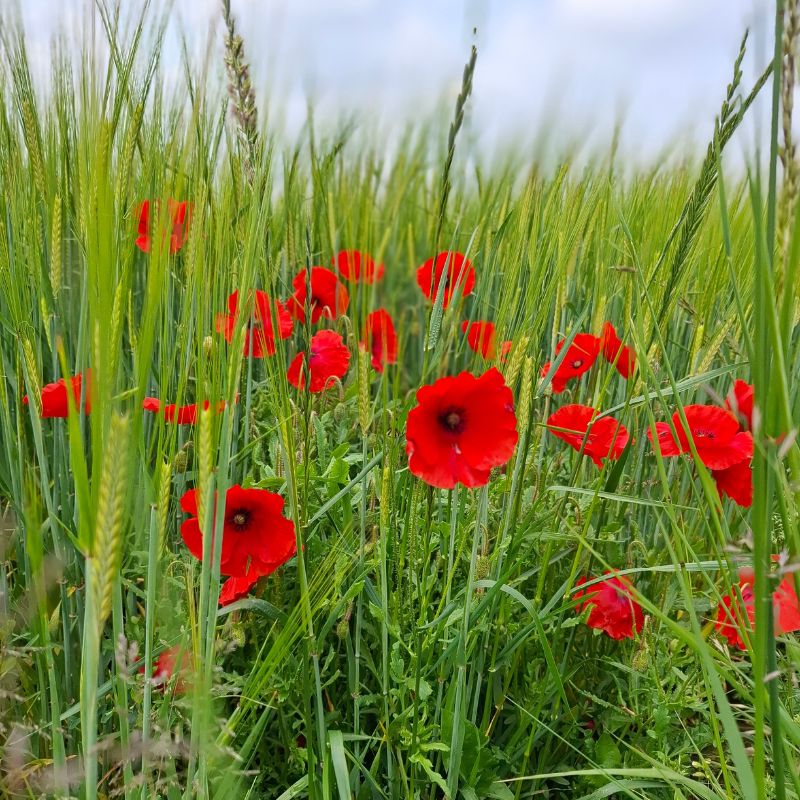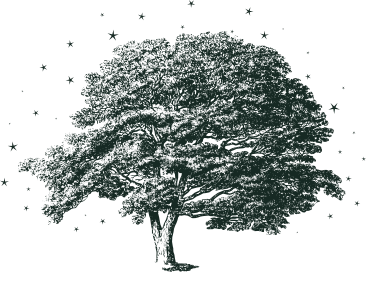Sowing Change: How the UK’s Sustainable Farming Incentive is Bringing Wild Beauty Back to the Fields at Sycamore and Stars
Across the British countryside, a quiet revolution is blooming. Thanks to the government’s Sustainable Farming Incentive (SFI)—part of the Environmental Land Management schemes—UK farmers are being encouraged to adopt nature-friendly practices that support both the environment and agricultural productivity. Our family farm, A J Hilton and Sons, has been an adopter of the practice for around two years and we are seeing the positive impact it is having on our local environment.
Since early May, we have seen an abundance of wildflowers open up around us. We have chosen to sow wildflower margins, meadows, and cover strips which do more than just brighten up a field—they are ecological powerhouses.
From providing nectar and pollen for pollinators like bees, butterflies, and hoverflies to offering food and shelter for small mammals and birds. We have often thrown a ball into the tall grasses for Betty, only to be surprised by a stag or hare jumping out in front of us!
Since allowing our fields to re-wild, there has also been an improvement in soil structure, and we are able to dramatically reduce the chemical inputs that intensive farming requires to be productive.
Under SFI guidelines, farmers can receive incentives for creating and maintaining wildflower habitats which link sustainability to profitability in the most colourful way imaginable.
Wildflower Unsung Heroes
Wildflowers aren't just pretty; they’re purposeful. Some of the more unusual or overlooked species play unique roles in the farm ecosystem:
- Mad Woman’s Milk (Euphorbia) – Despite its unsettling name, this milky-sapped plant can deter grazing pests and support insects with its distinctive green flowers. Its latex has been studied for its medicinal properties, too.
- Hogweed - Common hogweed, not to be confused with its dangerous cousin giant hogweed, provides a vital nectar source for beetles, flies, and bees. Its hollow stems also make great winter homes for invertebrates.
- Bird’s-foot Trefoil – Known affectionately as “eggs and bacon” for its yellow and orange flowers, this legume fixes nitrogen in the soil while feeding a host of bees and butterflies.
- Cornflowers - Once nearly lost to intensive farming, their resurgence is a delight. Their deep blue pollen-rich flowers attract bees and hoverflies.
Cultivating the Future
Using wildflowers in conjunction with the SFI scheme is a win-win: for the planet, for pollinators, and for farmers. This isn’t about nostalgia—it’s about resilience. Wildflower strips can buffer fields against climate extremes, reduce erosion, and attract beneficial insects that keep pests in check.
Here at Sycamore and Stars we are lucky to be surrounded by fields sown with wildflower mixes as well as legume ground cover. Whilst they provide plenty of social media-worthy opportunities for photographs, this isn’t just scenery. It is sustainability in action. If you would like to experience what rewilding looks like in real life, book now!



